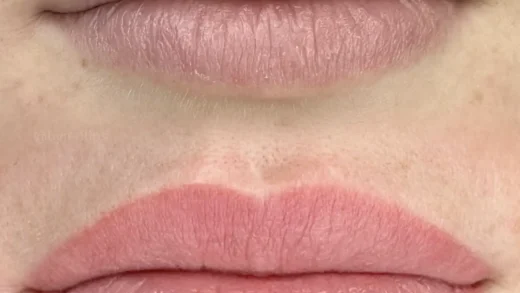Surfing is an entertaining and thrilling sport that includes adventure and also physical exercise while appreciating the environment. Would you like to try the very exciting sport of surfing? Well, Cape Woolamai is one of the best places to begin your surfing adventure. With beautiful shores, mild surf waves and even professional surf schools, novice students get a supportive ecosystem to hone their skills. This article is going to focus on how to prepare and what to expect when taking surfing lessons so that you are ready when it’s time for your first wave. From starting the surfing classes, and anticipating how the lesson will go to suggestions for maximizing your fun while chasing the waves, we touch on it all. Let us discuss the reasons and benefits how Cape Woolamai surfing lessons are so appropriate to begin with for amateurs.
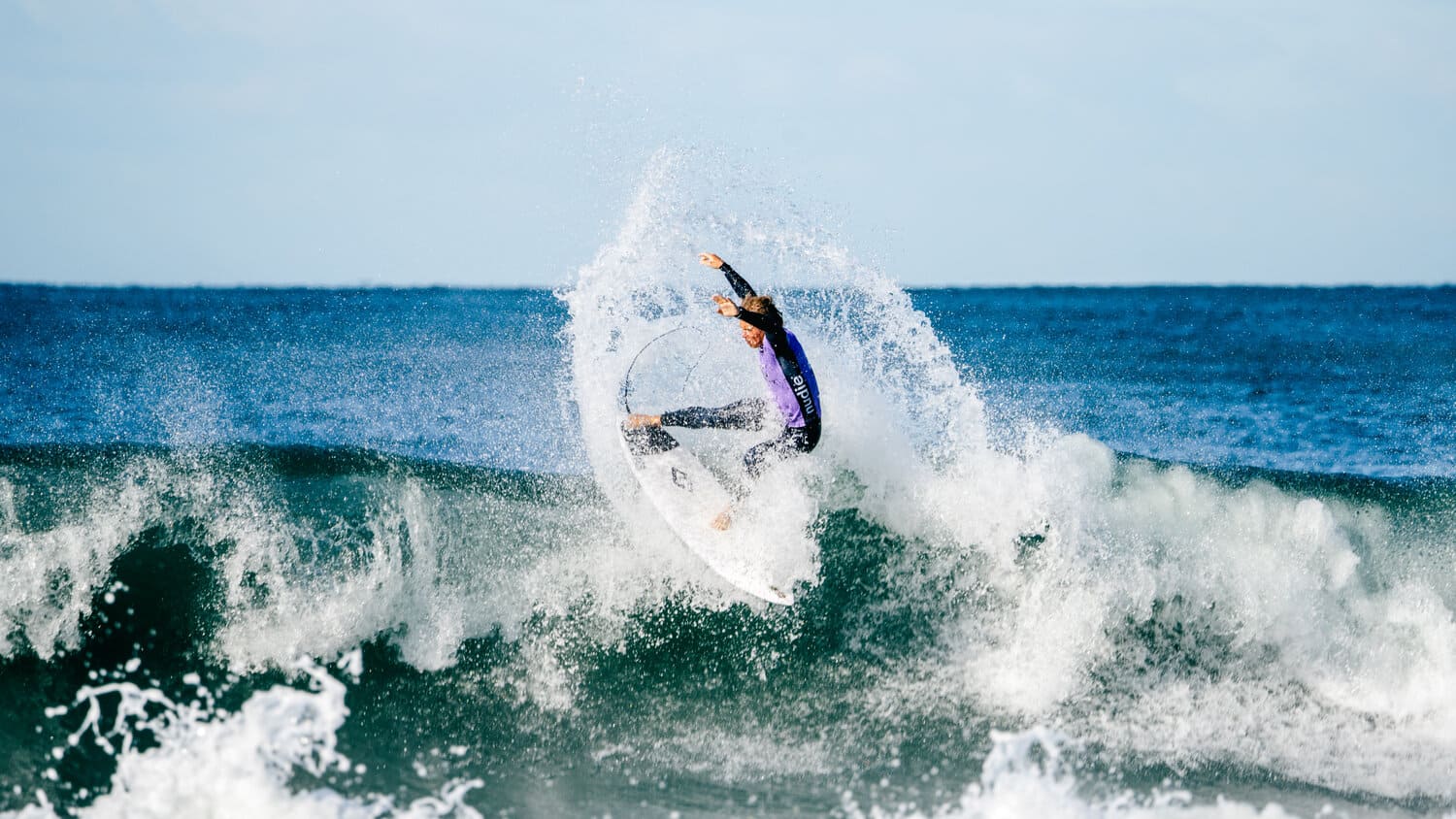
Contents
Why Choose Cape Woolami for Surfing Lessons?
Mesmerizing scenery
For beginners trying to surf for the first time, Cape woolamai has the best views for its learners. The environment consists of steep cliffs, fine soft white beaches as well as clear turquoise seas capturing the imagination. Be it lying on the soft carpet of the beach or splashing in the waves, the natural beauty is in your eyes. The gorgeous view does not only improves the general feeling but also gives many photo opportunities. As a potential surfer, reaching out for beauty like this is always positive for your imature self and your surf lessons.
The dazzling hues of both dawn and dusk only add to the beauty of this surfing destination.
Best Hidden Surf Spots
For the absolute beginners, learners will find the setting at Cape Woolamai very welcoming. The beach has soft-beaching sections that are very beginner friendly. Most of the time, the waves are very forgiving which helps in your first encounter with wave riding. Irrespective of the option you choose, group or private tuition, the local surf training schools are very proactive in ensuring that the lessons are scheduled in relation to surf and related environmental changes. The knowledge of the wave environment not only enhances your safety but also increases your performance on the board. And when the moment of magic comes, riding the waves becomes possible and pleasant.
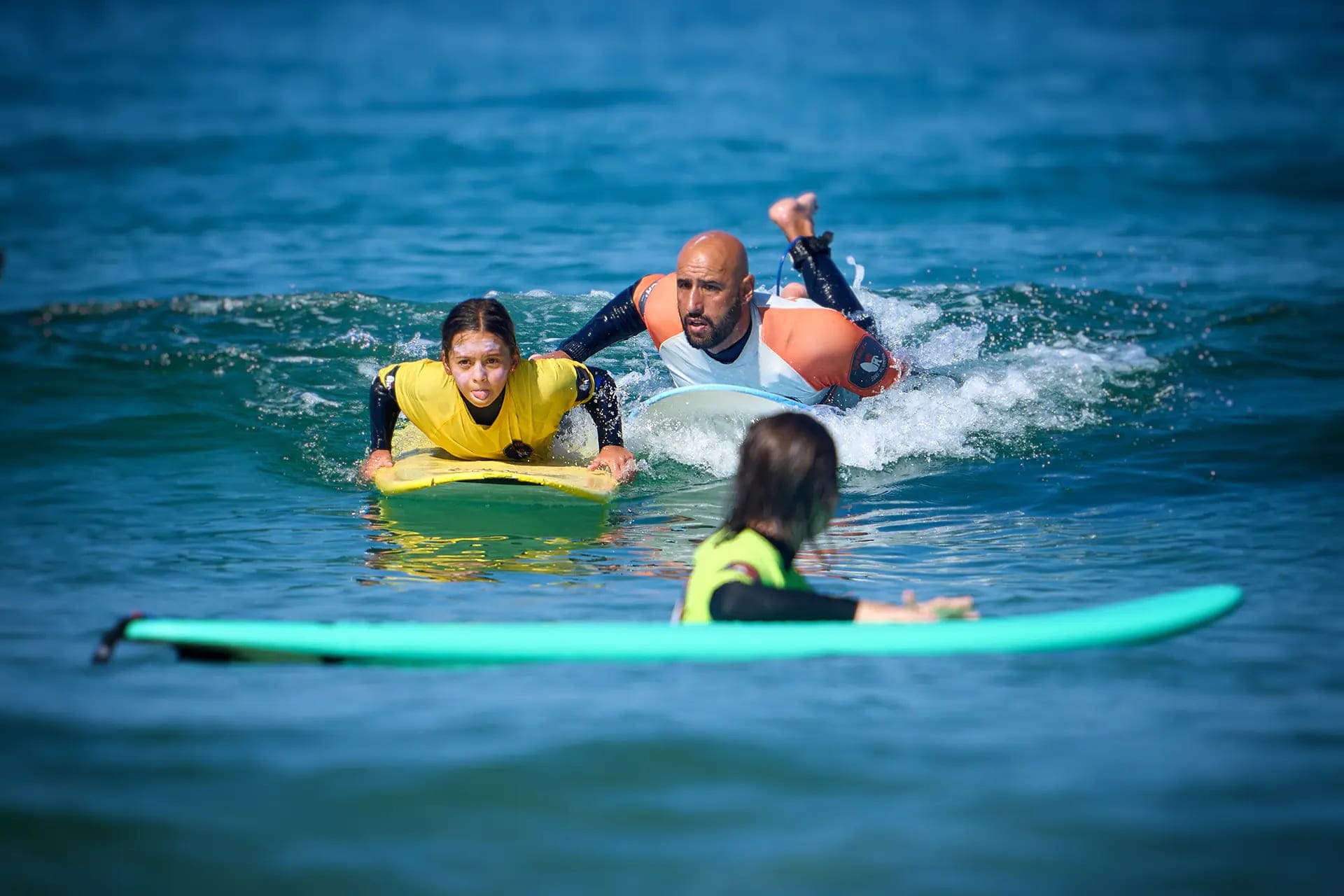
Access to Experienced Instructors
Taking lessons in surfing at Cape Woolami has another big plus and that is the experienced instructors. Amble surfing schools have certified savvy surf guides. Instructors have a practical understanding of this region and rather concentrated approach according to a student’s level. Students gain from their knowledge of how to choose proficient waves, how to properly paddle and maintain balance. These instructors still put more emphasis on prudence which is very important especially to beginners in the rugged waters of the ocean.
By means of their assistance, it enables you to learn the basic principles and feel the fun about the surfing.
What You Should Do Before Your First Surfing Lesson
What Should I Wear
Preparation for an introductory surfing lesson requires the selection of the appropriate clothes. Many students are given a warm wetsuit by the surf schools, but if you’d like to carry your own, choose a temperature suitable for the weather. In summer, short sleeved wetsuits or even rash vests may be fine, other times of the year, a thick wetsuit may be called for. Of course there are the usual trunks underneath so there is no exposure for shyness and sun screen should be used to protect the body against the harsh rays of the sun. Also, surf shoes play an important role by providing extra support on the board and avoiding foot injuries. Thus, proper usage of clothing will not only prevent your clothes from getting wet but also help you improve your performance in the water.
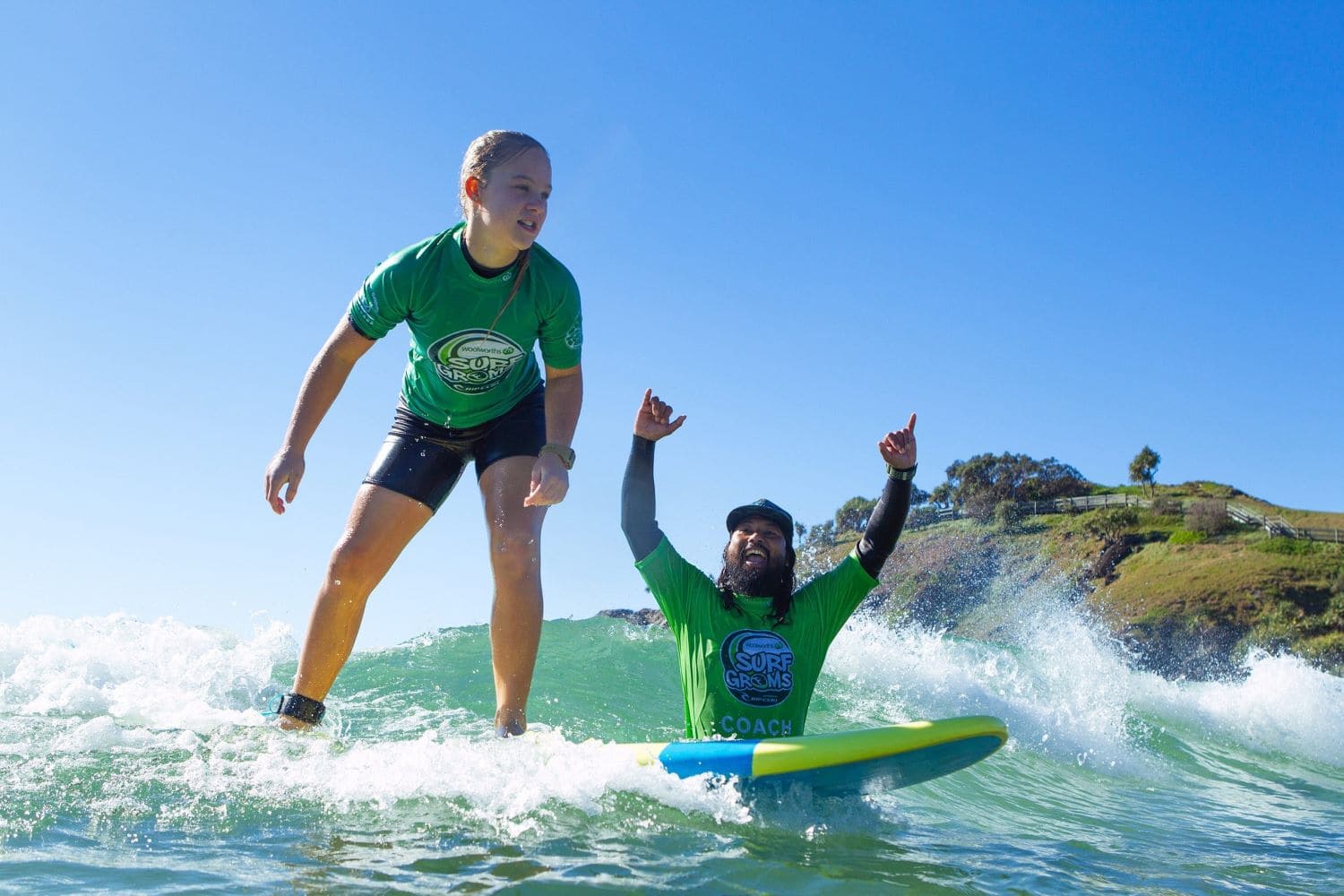
Required Gear
If you are a still a novice on surfing, don’t worry about equipment because surf schools generally provide all the necessary tools at no charge including the surfboard and the rash guard. Should, however rent equipment on your own or buy your own, be sure to know what you have to get. Here is a short list you should make myself and pay attention to the important accessories which you may find helpful:
- Surfboard (Better for beginners soft-top boards will practice)
- Wetsuit (Thicker for cold weather thinner for my beach day)
- Leash (It makes sure that the board sticks by your side)
- Wax (Aids in holding on the surfboard)
- Sunblock (Sun protection with a water resistant formula)
How to Ensure You’re Safe while Surfing
Before you even consider getting on any of the waves, you have to comprehend several basic rules of surfing. The more everyone appreciates fellow surfers and the sea, the more fun it is for all participants. Some proper etiquette most surfers rightfully assimilate are:
| Surf Etiquette | Explanation |
|---|---|
| Don’t Drop In | Paddle out the back and wait your turn and never cut in front of another person that is riding a wave already. |
| Keep a Safe Distance | Do not paddle directly into the other surfer and stay clear of collisions of any kind. |
| Help Others | If say one falls down, and he requires help, then be prepared to assist him. |
What happens during the lesson
Lesson frame
Commonly surfing classes are organized, so that students have fun and learn how to surf for a 1 – 2 hr segment. Normally, a surf lesson starts with a land-based safety tutorial where the instructor will discuss relevant theory such as safety in the water and the workings of waves. After this, to practice on how to pop up on your board, you will normally do some land exercises. When you get into the water, the instructor will assist you in catching waves, paddling, and balancing on the surfboard.
The need for personalized attention for each student is such that it is common in the learning environment for the students to go at their own pace.
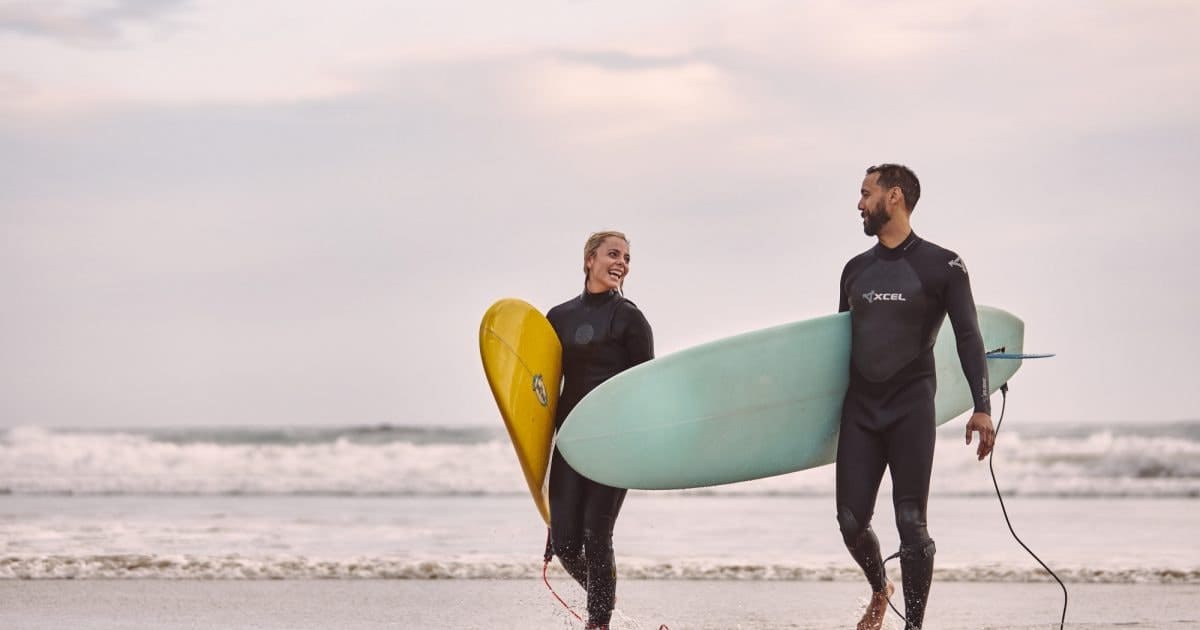
Safety Measures
When it comes to learning how to surf, safety issues are of utmost importance, something that will be the primary concern of any professional teacher. There will be comprehensive details concerning safety even before you get into the water, particularly the ocean environment including rip currents, tides and several other safety notices or signals. Since the instructors are usually equipped with a first aid kit and trained on how to rescue people, the risk of drowning and other injuries is minimal. In addition, they will examine the waves watching for hazardous conditions and provide regulation of the lesson for the safety of all students. Follow their instructions to the letter and ask all the questions you may have. Once you have an understanding of the environment and how to be safe, you will gain more courage to be in the water.
Individual vs. Group Lessons
Which can bring about a hard choice is when a learner is faced to choose between two contrasting options, that is the individual lessons and group lessons. In practical terms, because the students are given personal instruction and are guided by the learning objectives this usually results in them completing the lessons faster than normal. On the other hand, group lessons help you make friends to enjoy joyful experiences together or even bail out on the agony of taking up learning alone as everyone is learning as they go along. The following are some advantages and disadvantages worth considering:
- Individual Lessons: Special attention, quicker learning, nonetheless, preference is high.
- Group Lessons: More cost effective, more entertaining environment; do expect less attention.
How to Enjoy Surfing the More
Smile Like You Mean It
For a first-time surfer, the learning curve can be steep, but a good attitude can help. If learning to be on a surfboard means learning how to fall over and over again, prepare for a crash course. All great surfers were once beginners and every fallen shark is understood in context. Rejoice in the tiny wins and the process of learning this wonderful sport. It will take time, time and more practice is what will make you a good surfer. People are persuaded to active participation with the help of good friends or instructors as a constant drive.
Practice Makes Perfect
To improve your surfing skills, you will need to make a lot of advancement without fail. After the beginning of the lessons, you may wish to arrange more lessons for further information assimilation. Repeating the same things over and over will also aid in learning all the necessary procedures, like paddling, balancing and where to be. The more practice you get out in the water, the easier the balance of standing on theboard becomes. Also, please seek to join pictures sharing on parties where members surfed so you get more tips and experience more than you would ‘f self surfed. Socializing with people who share common goals can inspire you and enhance your prospects.
Meet Other People Who Surf
It would be better for you to learn how to traditional surfs so you can meet new surfers.
As enrolling into group classes or joining local surfing clubs will open you up to people who possess the same penchant. This companionable attachment not only provides friendship but also tips and tricks from the more experienced surfers. Also, others can make it easier for you while you are learning, simply because they can exchange experiences. Such discussions extend your knowledge of surfing, and as well promote the feeling of belonging. Such interactions may transform surfing into a lifelong addiction.
Conclusion
Surfing lessons at Cape Woolamai can be an exhilarating first step into new world. With pristine scenery, gentle waves, and the makings of experienced instructors, it is all one needs to enhance their surfing skills. Do not forget to gather the right materials, have the right attitude, pray for the conditions, and work hard. Your very first surfing lesson is but an introduction to this fun sport and there is no better place to begin than Cape Woolamai. This manual aims to help you muster some courage and prepare yourself in order to catch your first wave most effectively.
FAQs
- How long do surfing lessons for beginner level surfers take? Usually it will last from 1 to 2 hours depending on the school and class size.
- Is there a need to have earlier done any activities involving surfing before taking the lessons? No, prior surfing experience is not necessary; the lessons are very basic in nature.
- When is the ideal season to take surfing lessons at Cape Woolamai? The most favorable period for the starters is probably the summer season (December –February) when the sea conditions are not usually rough.
- Do surfing lessons have an age restriction, especially for children? For sure, almost all surf schools have classes designed for children with suitable teaching techniques and tools.
- Is there a possible chance of renting surfing equipment at Cape Woolamai? Yes, almost all surf schools have equipment to be used for hire, such as boards and suits, however it is always sensible to do so in advance.


